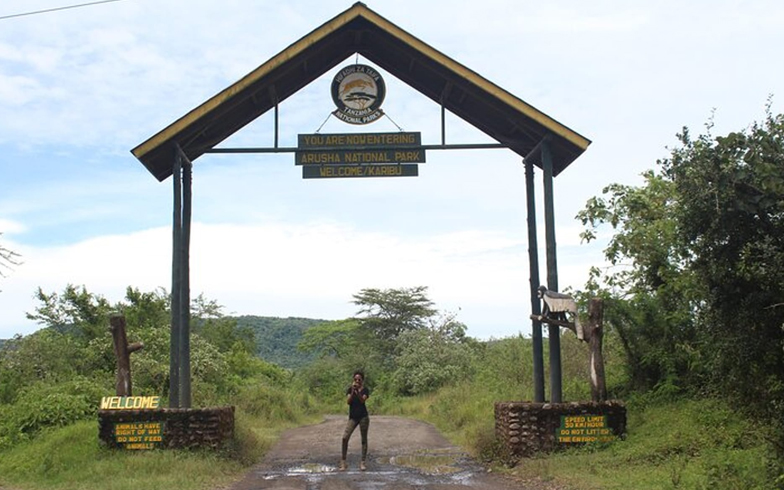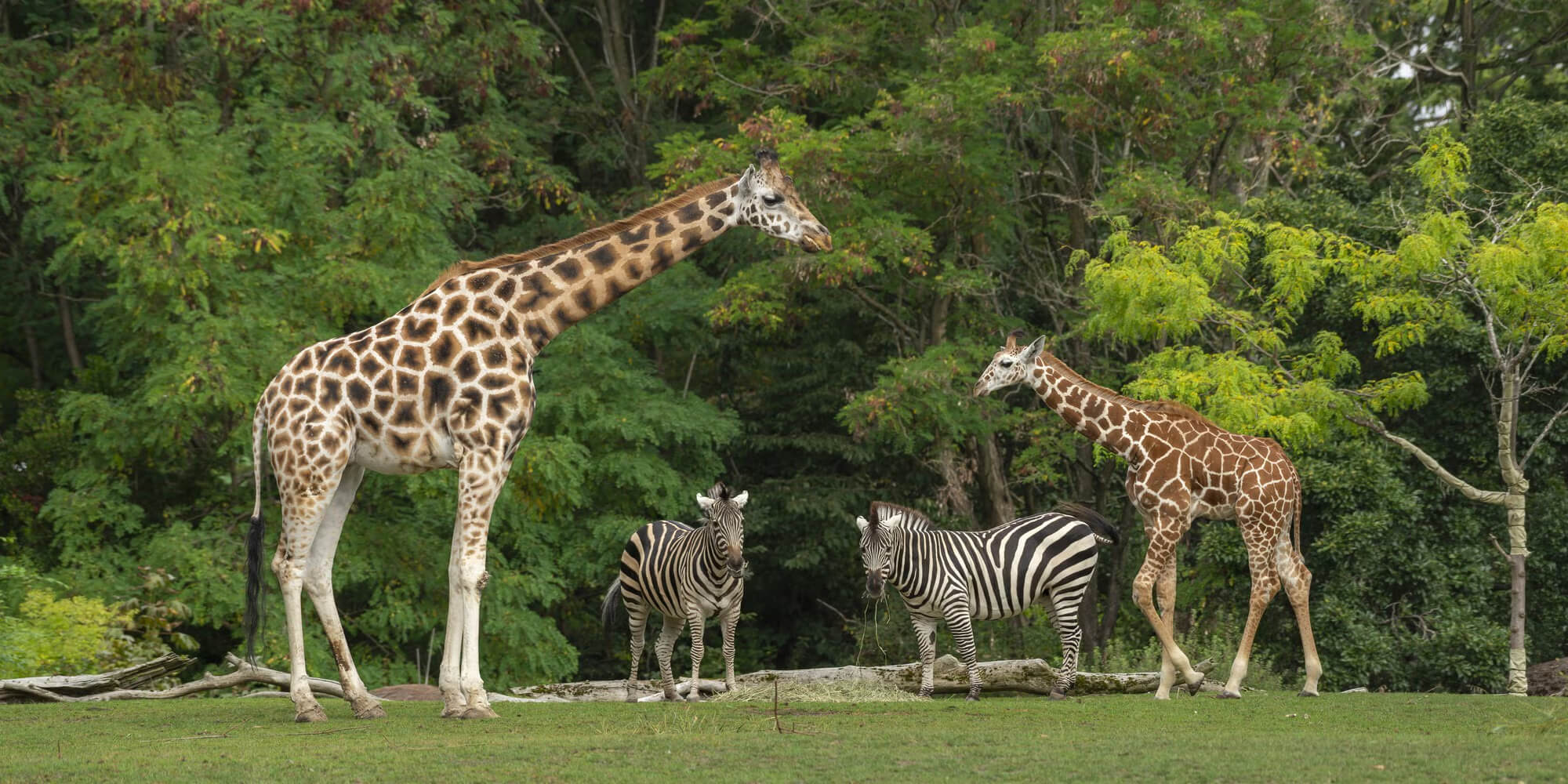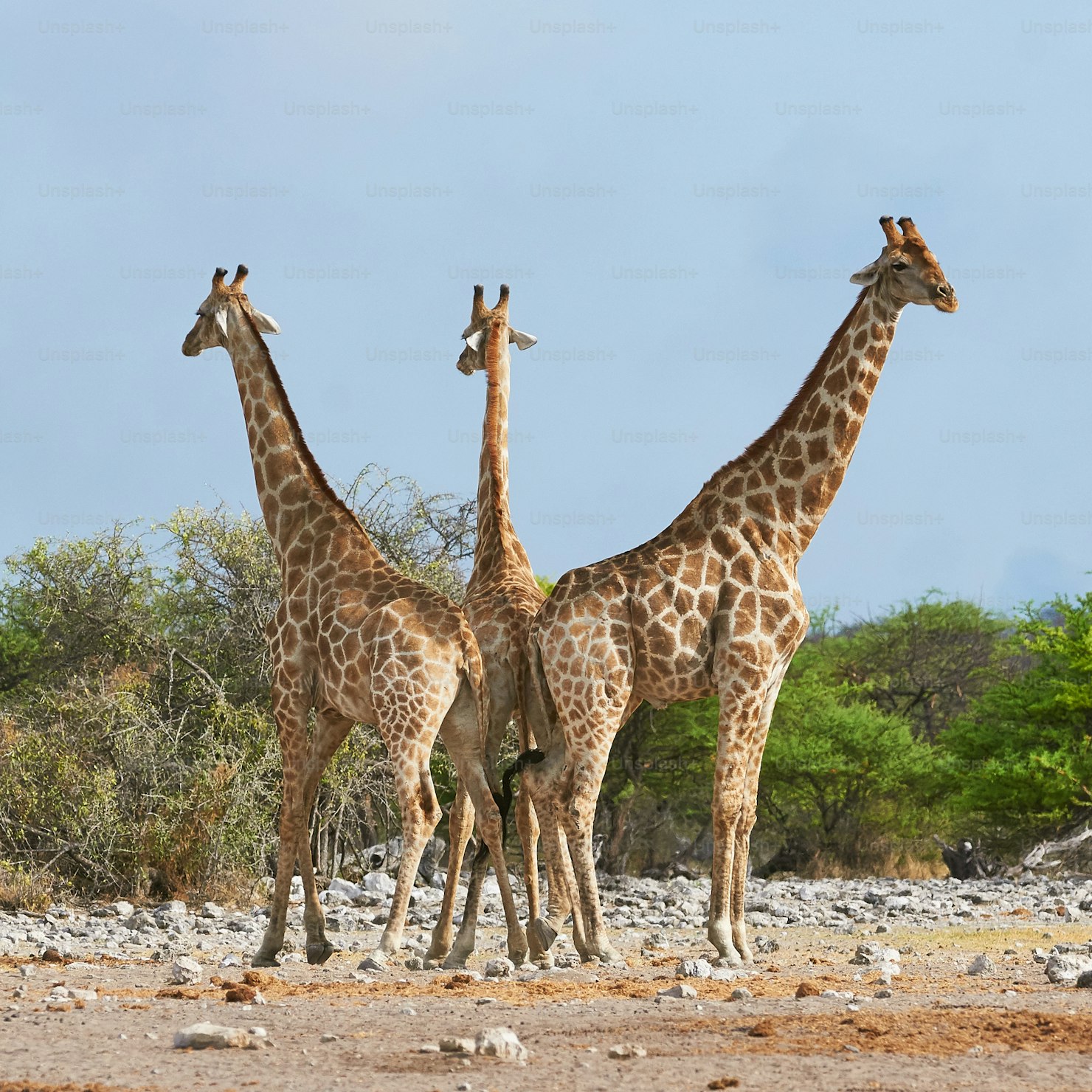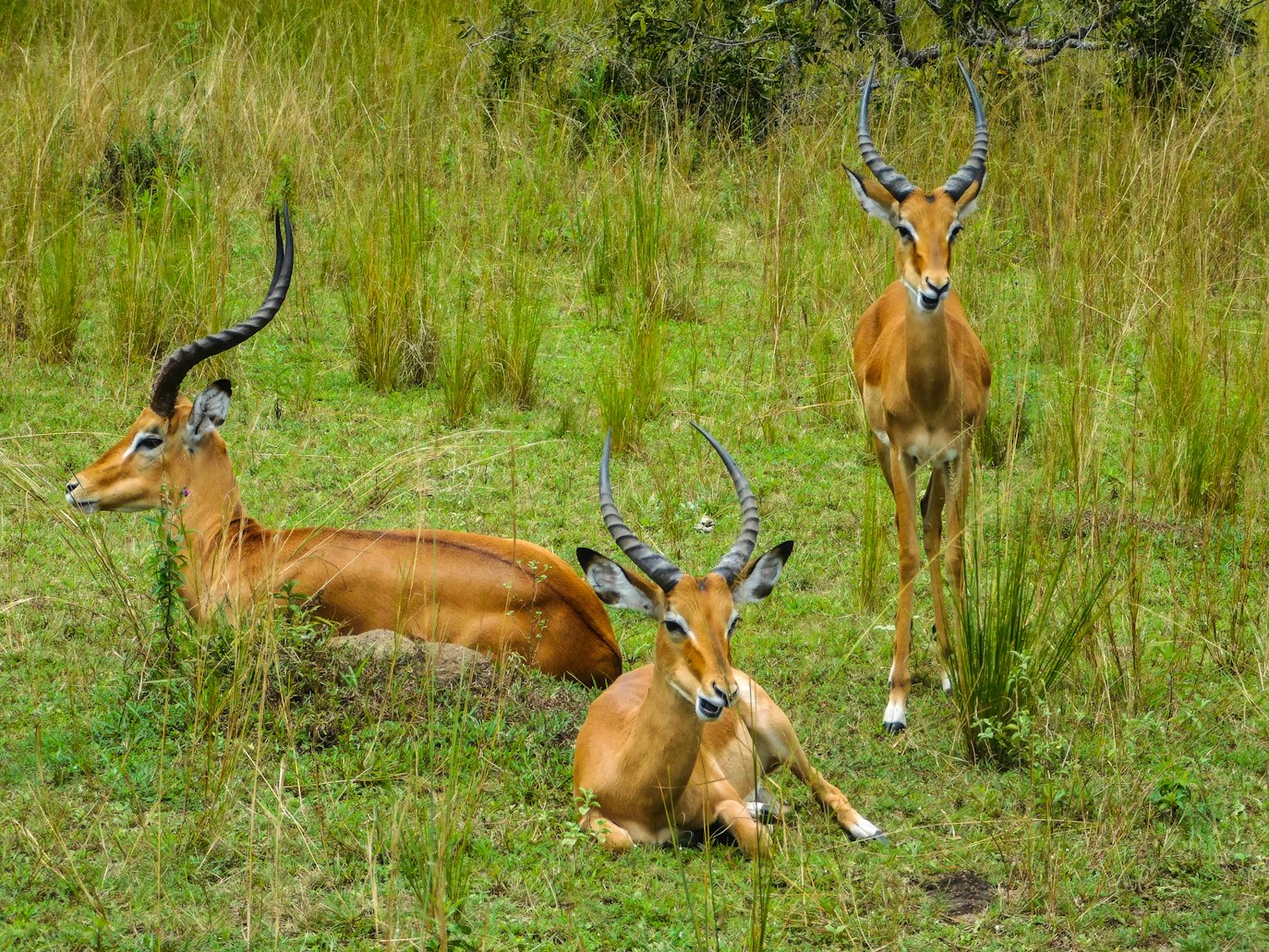Welcome to Arusha National Park, a small yet spectacularly beautiful park located just a short drive from Arusha town and Kilimanjaro International Airport.
Arusha National Park
Discover Volcanic Peaks, Rainforests, and Alkaline Lakes
Welcome to Arusha National Park, a small yet spectacularly beautiful park located just a short drive from Arusha town and Kilimanjaro International Airport. Dominated by the majestic Mount Meru, Tanzania’s second-highest peak, the park encompasses a remarkable range of habitats within its modest boundaries: lush montane rainforests, acacia woodlands, the Momella Lakes with their prolific birdlife, the Ngurdoto Crater (a mini Ngorongoro), and the rugged Jekukumia River area.
Often overlooked in favor of its larger neighbors, Arusha National Park offers a fantastic introduction to Tanzania’s natural beauty, with excellent opportunities for walking safaris, canoeing, and witnessing a unique mix of wildlife, including the elegant black-and-white colobus monkey.


Why Visit Arusha National Park?
A stunning volcanic peak offering challenging climbs and breathtaking views (often a preparatory climb for Kilimanjaro).
High concentrations of these beautiful primates are a park highlight.
From montane forests and moorlands on Meru to crater floors, alkaline lakes, and waterfalls.
A series of shallow alkaline lakes, each with different mineral content, attracting a wide variety of waterbirds, including flamingos.
A lush, swampy caldera often called "Little Ngorongoro," home to buffalo, warthog, and various antelope (no driving inside, but viewpoints on the rim).
Offers excellent opportunities for activities beyond traditional game drives.
Perfect for a day trip or a shorter safari experience due to its closeness to Arusha town.
The Varied Landscapes of Arusha National Park
Arusha National Park is a tapestry of distinct ecological zones, largely influenced by its volcanic topography.
- Mount Meru Slopes: The lower slopes are cloaked in dense montane rainforest, transitioning to heath and moorland at higher altitudes. This area is home to colobus monkeys, blue monkeys, olive baboons, and elusive forest duikers and leopards.
- Ngurdoto Crater: This 3km wide caldera is a swampy, forested haven for wildlife. While driving into the crater isn’t permitted, viewpoints along its rim offer panoramic scenes of buffalo, warthogs, and various antelope species grazing on the crater floor.
- The Momella Lakes: A group of seven shallow alkaline lakes (Big Momella, Small Momella, Rishateni, etc.) fed by underground streams. Their varying mineral compositions attract different species of waterbirds, most notably lesser and greater flamingos, pelicans, Egyptian geese, and numerous waders.
- Little Serengeti (Serengeti Ndogo): An area of open grassland within the park where grazers like zebras, giraffes, and waterbuck can often be seen.
Best Time to Visit Arusha National Park
Dry Season (June - October)
- Pleasant, sunny weather with clear skies, offering the best views of Mount Meru and Kilimanjaro (on clear days).
- Ideal conditions for climbing Mount Meru.
- Wildlife is generally easier to spot as vegetation is less dense.
- The Momella Lakes can have good concentrations of birds.
Wet / Green Season (November - May)
- Lush, green, and vibrant scenery, with wildflowers in bloom.
- Excellent for bird watching, as resident birds are joined by migratory species.
- Mount Meru is often shrouded in clouds, especially in the mornings.
- Short rains (Nov-Dec) bring afternoon showers. Long rains (March-May) are heavier and can make some forest trails slippery or roads challenging, though the main routes are usually passable.
- Fewer tourists.
Activities in Arusha National Park
Game Drives: Explore the park’s diverse landscapes, from the Momella Lakes to the Ngurdoto Crater rim and the “Little Serengeti” area.
Walking Safaris: One of the park’s main attractions. Guided walks with an armed ranger can take you through forests, past waterfalls (like Tululusia Waterfall), and close to wildlife like giraffes, zebras, and buffalo in designated areas.
Canoeing on Momella Lakes: A fantastic way to get close to waterbirds, hippos (from a safe distance), and enjoy the scenery from a different perspective (usually on Small Momella Lake).
Mount Meru Climb: A challenging 3 to 4-day trek to the summit of Tanzania’s second-highest mountain (4,566m / 14,980 ft). Requires advance booking and park fees.
Ngurdoto Crater Rim Walk: Walk along parts of the crater rim for stunning views into the caldera (accompanied by a ranger).
Bird Watching: With its diverse habitats, the park is a superb birding destination year-round.
Fig Tree Arch: A unique natural archway formed by a massive fig tree that vehicles can drive through.


